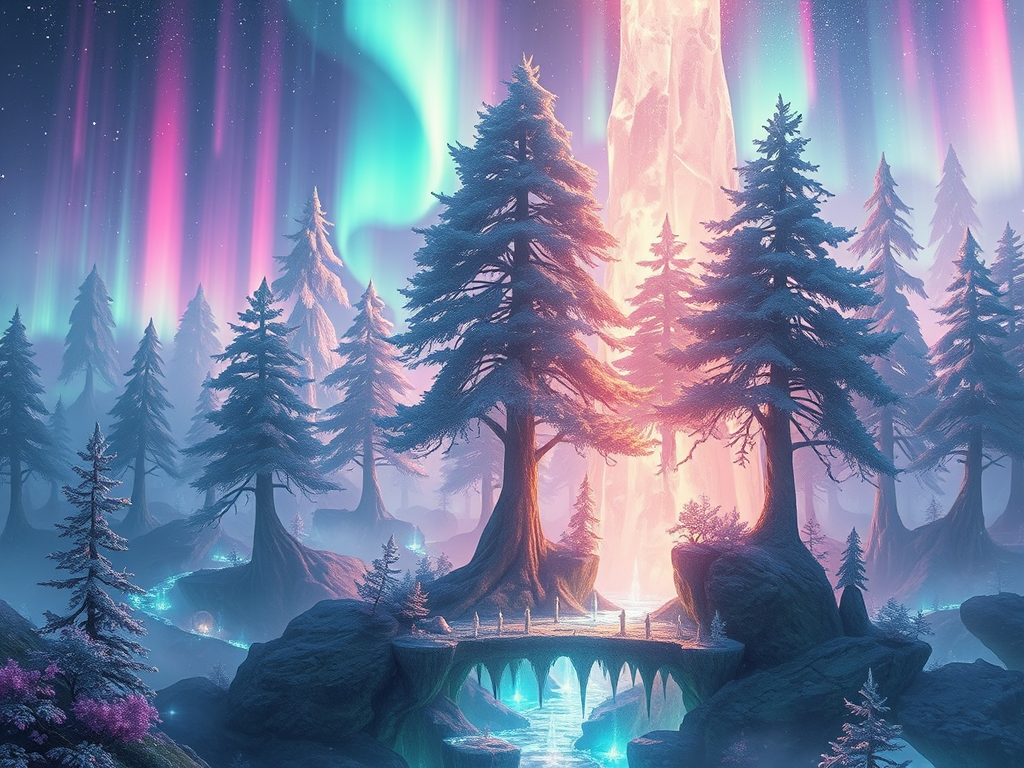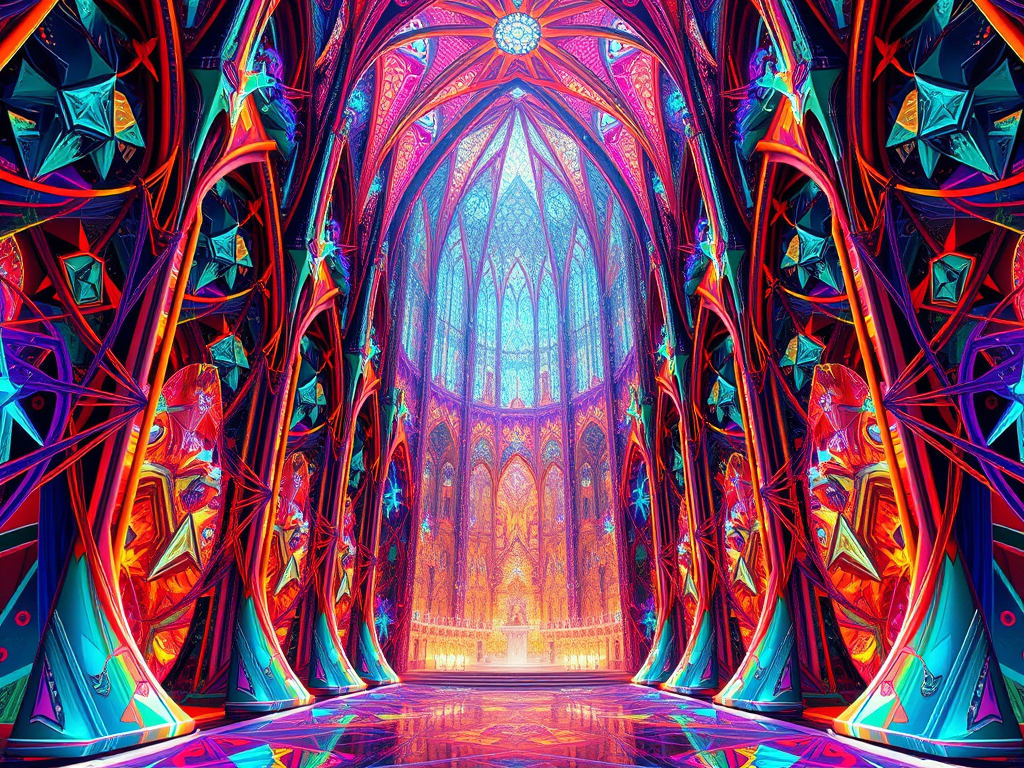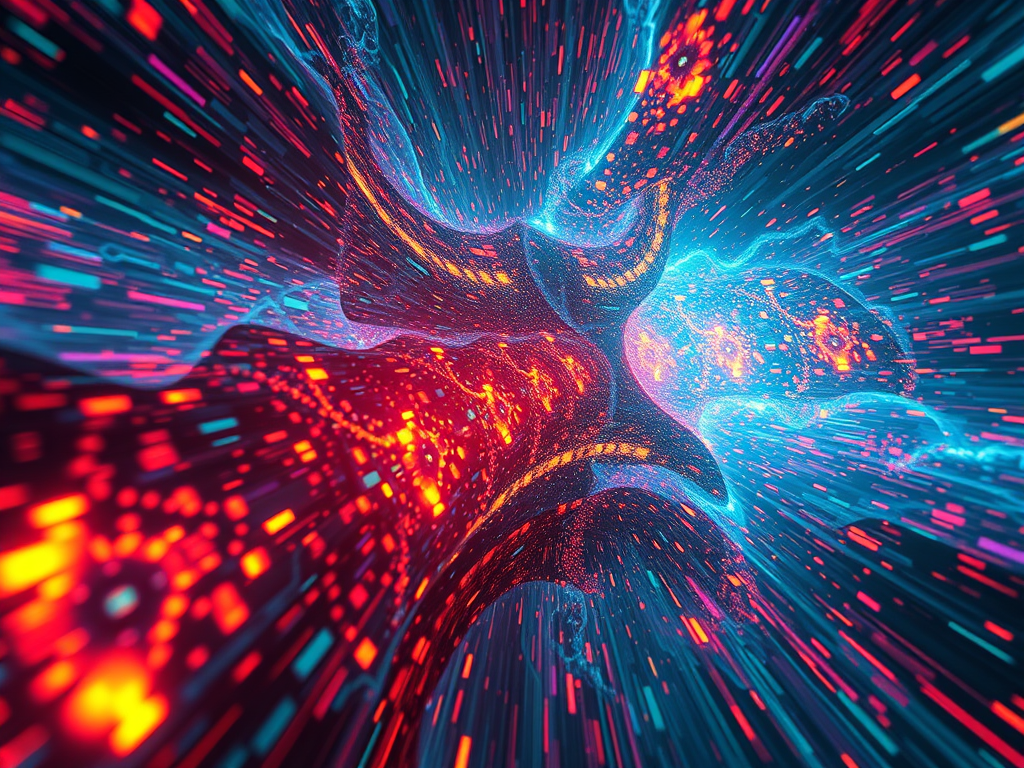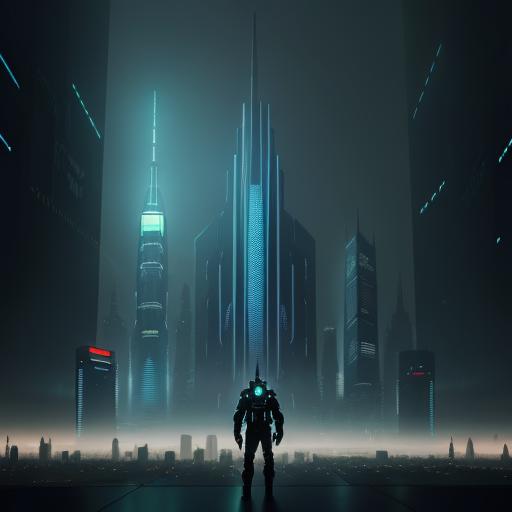Looking to dive into the exciting world of AI art? You’re in the right place! AI art has completely revolutionized digital creativity in 2024, making it easier than ever for anyone to bring their artistic visions to life. Whether you’re an artist seeking fresh inspiration or a business owner wanting to create eye-catching visuals, this comprehensive guide will walk you through everything you need to know about AI art creation.
What Makes AI Art Special?
AI art represents a groundbreaking fusion of human creativity and cutting-edge machine learning technology. Popular tools like DALL-E and MidJourney use sophisticated algorithms called GANs (Generative Adversarial Networks) to create stunning artwork that would have seemed impossible just a few years ago. These neural networks work by learning from millions of existing artworks and can generate entirely new pieces based on text descriptions or prompts.
What’s really cool is how these AI tools can understand complex artistic concepts like composition, color theory, and different art styles. For example, you can ask an AI to create an image “in the style of Van Gogh” or combine multiple styles like “cyberpunk meets Renaissance.” Artists and businesses worldwide are using these powerful tools to design everything from attention-grabbing social media posts to gallery-worthy artwork that pushes creative boundaries.
Must-See AI Art Categories and How to Create Them
1. Mind-Bending Surreal Landscapes

Imagine walking through a forest made of crystal, where the trees float in mid-air and the sky is filled with northern lights in impossible colors. That’s the kind of magic AI can create! Tools like DALL-E and MidJourney are particularly good at generating these otherworldly scenes that blend reality with pure imagination.
How to Get Started:
- Start with DALL-E using creative prompts like “bioluminescent crystal forests floating in space with aurora borealis” or “ancient ruins overgrown with digital flowers”
- Explore MidJourney’s ability to mix different art styles – try combining watercolor with sci-fi elements
- Use Runway ML to add special effects like magical particle systems or morphing landscapes
- Build on basic prompts by adding specific details about lighting, mood, and atmosphere
Pro Tip: Many successful artists, like John Smith and Sarah Chen, use AI-generated landscapes as a starting point for their traditional artwork. You can follow their lead by using AI art as inspiration for your own creative projects, whether digital or traditional.
2. AI-Powered Portraits That Tell Stories
AI portraits have come a long way from their early days. Modern AI can create incredibly lifelike faces that capture subtle emotions and unique personalities. What’s even more impressive is how these tools can blend different cultural elements and artistic styles to create portraits that tell fascinating stories.
Best Tools for Portraits:
- Artbreeder: Perfect for creating unique faces by combining different features and characteristics
- DeepArt.io: Transforms ordinary photos into various artistic styles, from Renaissance to modern art
- GANPaint Studio: Offers precise control over specific features like hair style, age, and expression
- StyleGAN3: Creates ultra-realistic portraits with amazing detail and consistency
Creative Prompt Ideas:

- “A royal portrait with cyberpunk elements, featuring neon highlights and holographic jewelry”
- “An impressionist-style portrait showing joy through vibrant brush strokes and natural lighting”
- “A portrait combining traditional Japanese art elements with modern fashion photography”
3. Abstract Art That Breaks the Rules
AI abstract art is pushing the boundaries of what’s possible in non-representational artwork. The famous “DeepDream Cathedral” project showed how AI can transform ordinary images into mind-bending abstract pieces that reveal hidden patterns and connections.

Tools to Try:
- DeepDream: Create psychedelic transformations that reveal hidden patterns in images
- Processing: Write simple code to generate unique abstract compositions
- Playform: Experiment with abstract art creation using an intuitive interface
- Neural Style Transfer: Combine the content of one image with the style of another
4. AI Animation: Art That Moves
Animation has gotten a major upgrade thanks to AI. These tools can help you create smooth transitions, natural movements, and special effects that would normally take days or weeks to animate by hand. The best part? You don’t need to be an animation expert to get started.
Popular Animation Tools:
- Runway ML: Offers a user-friendly interface perfect for beginners
- Ebsynth: Specializes in transferring artistic styles to video footage
- DeepMotion: Transforms still images into fluid animations
- Synthesia: Creates animated videos from text, complete with realistic avatars
5. Functional Art: Beauty Meets Purpose
AI isn’t just creating pretty pictures – it’s revolutionizing functional design too! From furniture to architecture, AI tools are helping designers create items that are both beautiful and practical. These tools can generate thousands of design variations while considering real-world constraints like materials and manufacturing methods.
Professional Tools:
- Dreamcatcher by Autodesk: Generates optimized design solutions based on specific requirements
- Fusion 360: Creates detailed 3D models with AI-assisted features
- Runway ML: Perfect for developing initial design concepts and visualizations
- AI-Powered CAD: Helps automate repetitive design tasks while maintaining creativity
The intersection of AI and creativity continues to evolve rapidly, offering exciting new possibilities for artists, designers, and creators of all kinds. As these tools become more sophisticated and accessible, they’re not just changing how we create art – they’re expanding our very understanding of what art can be.
Amazing AI Artists to Follow
Want to see what’s really possible with AI art? These artists are pushing the boundaries and creating incredible work that will blow your mind:

Refik Anadol has become a household name in the AI art world, creating massive installations that transform data into breathtaking visual experiences. His work “Machine Hallucinations” turns millions of images into flowing digital sculptures that fill entire buildings. Every piece tells a story about how technology and human creativity can work together.
Mario Klingemann, also known as Quasimondo, is another pioneer who’s constantly finding new ways to use AI in art. He’s famous for his work with neural networks that create portraits that seem to shift and change before your eyes. His experiments often reveal surprising connections between different art styles and techniques.
Sofia Crespo‘s work is particularly fascinating because she combines biology and technology. She creates what she calls “artificial natural history” – imagine if AI could dream up new species of plants and animals. Her artwork makes you question what’s real and what’s artificial in the most beautiful way.
Some newer artists to watch include:
- Chen Wei, who combines traditional Chinese painting techniques with AI to create stunning landscape pieces
- Anna Ridler, whose work focuses on using AI to explore how we experience time and memory
- Helena Sarin, who trains AI models on her own artwork to create unique hybrid pieces
Why AI Art Matters in 2024
Key Benefits of AI Art Tools
| Benefit of AI Art | Description | Example |
|---|---|---|
| Save time on repetitive design tasks | Generate in minutes what used to take hours of manual work | Graphic designer quickly generating multiple logo variations for clients |
| Explore new artistic styles | Experiment with different styles without years of mastering new techniques | Instantly visualize ideas in various artistic traditions, from Renaissance to Cyberpunk |
| Create unique content for marketing | Stand out in crowded social media feeds with custom illustrations and graphics | Businesses creating brand-matched visuals instead of using stock photos |
| Push the boundaries of what’s possible | Visualize ideas difficult or impossible to create by hand | Bringing dreams to life or creating impossible yet believable architecture |
Remember, AI art tools are just that – tools. They work best when combined with human creativity and vision. The most exciting possibilities come from mixing AI capabilities with your own unique ideas and artistic goals. Just like how a paintbrush doesn’t make the artist, AI doesn’t replace human creativity – it enhances it.
Want to learn more? Start experimenting with some of the tools mentioned above. Don’t be afraid to make mistakes or create something weird – that’s often where the most interesting discoveries happen. The world of AI art is constantly evolving, and there’s never been a better time to dive in and start creating!



